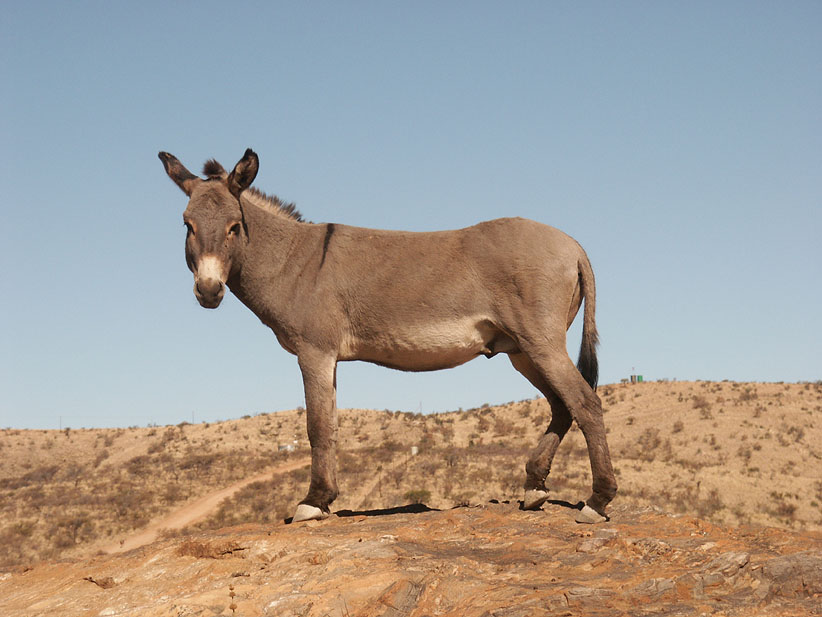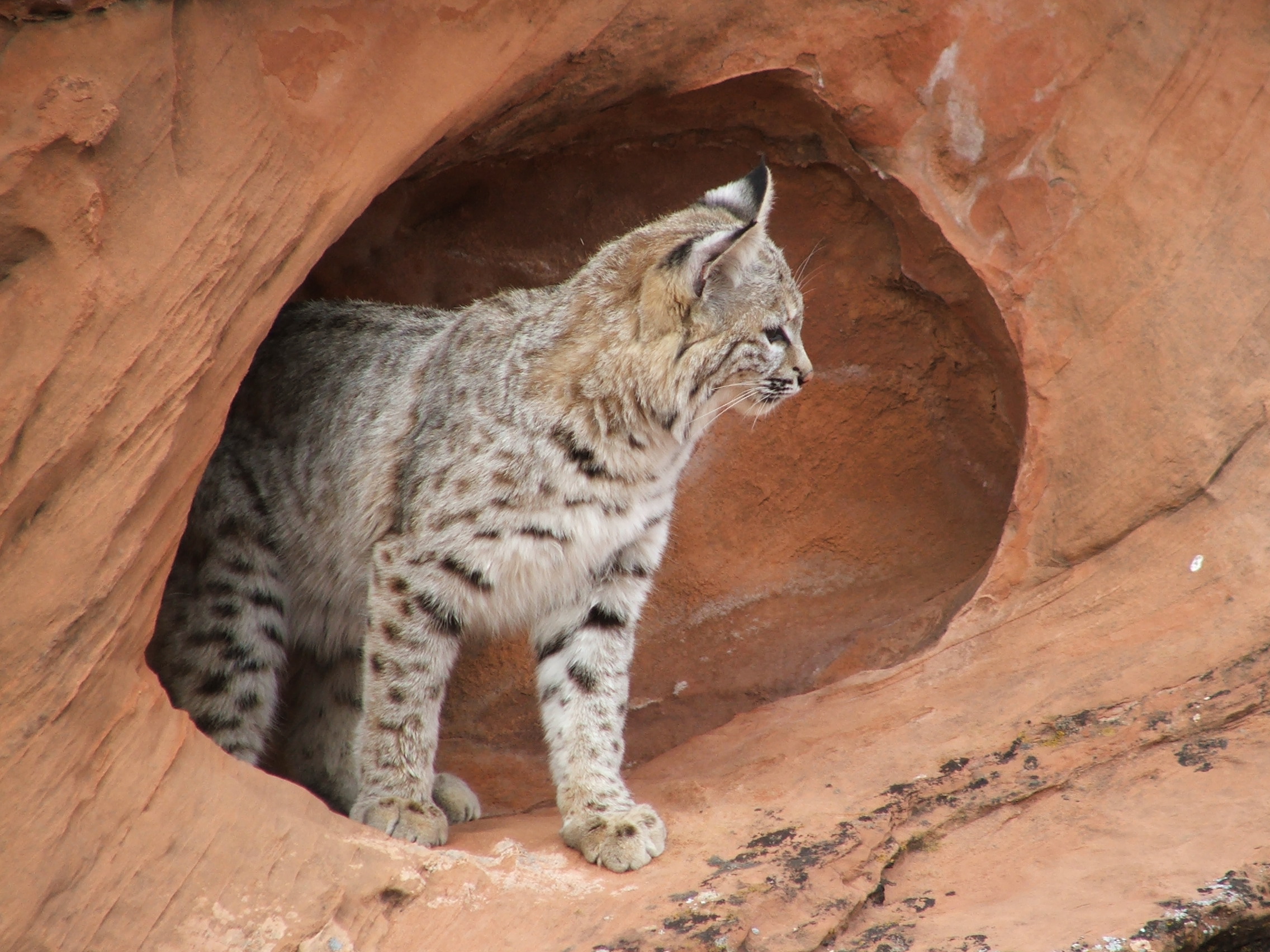Mojave Desert Animals Adaptations

They do so by eating a broad diet.
Mojave desert animals adaptations. By doing so, they can conserve energy and can survive a long period without food. This unusual method of locomotion is used by two species of venomous snake—the mojave desert sidewinder in the southwestern united states and the namib desert viper in africa. They will eat the following:
As with various other animals found here, even chuckwallas resort to typical desert animal adaptations to survive the arid conditions and stay active when the temperature reaches as high as 102°f. Plants in deserts have adaptations to conserve water. Nocturnal behavior, wherein certain species of animals only leave their dwelling at night.
It is in the southwestern united states, primarily within southeastern california and southern nevada, and it occupies 47,877 sq mi (124,000 km 2).small areas also extend into utah and arizona. This biome has a layer of soil that can either be sandy, gravelly, or stony, depending on the type of desert. Southwestern united states and northwestern mexico length:
The sahara desert takes up ten percent of the continent of africa, and is the largest desert in the world. Deserts usually get at most 50 centimeters (20 inches) of rainfall a year, and the organisms that live in deserts are adapted to this extremely dry climate. Crotalus cerastes type of animal:
Territorial males dominate other smaller males in their territory. It is approximately 25,000 square miles and covers land between several other deserts, including the sonoran desert (to the south) and the great basin desert (to the north). As you can see from the climate graph for kuwait, plants and animals in the desert have to cope with very little water.
Sidewinder facts at a glance. The mojave desert is located in the southwest of the united states. Coyote (canis latrans) is another frequently seen desert mammal.


















